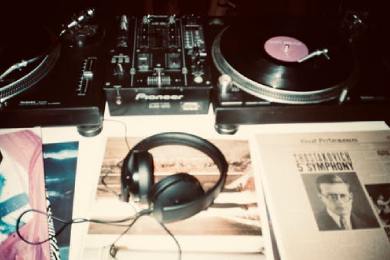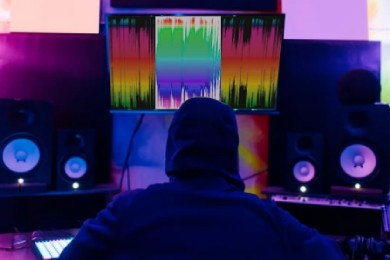Sampling is the act of using a portion, or sample, of one sound recording and reusing it as an instrument or a sound recording in a different song or piece. The term developed with the advent of new technologies that allowed duplication of audio without using tape.
Initially, sampling was used sparingly by producers and was mainly used to develop beats to accompany rappers. Over time the use of samples has increased, and today it is common for producers to create beats or stand-alone songs using samples.
In this article, we will look at the early days of sampling, how machines (like the SP-1200) were introduced to progress sampling techniques, influential groups that used samples, and finally some legal issues that came because of sampling.
The Early Days of Sampling
The majority of early sampling came from two sources:
- Old vinyl recordings, conversational speech patterns, sound effects.
- Producers who sampled their own drum beats or used breakbeats from other musicians.
The drums in most house records are sampled from a variety of places, though most commonly they come from disco classics, funk songs, and classic rock songs.
Samples consisting solely of drum beats are more often than not accompanied by a bassline, either from another record or played manually. Basslines themselves can also be sampled and are often used in house songs.
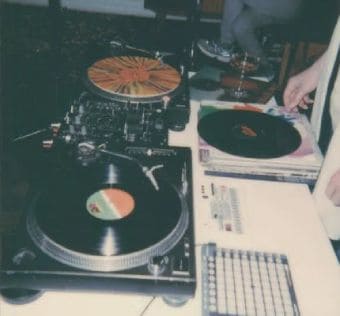
How Samples Became Popular
House music became popular in Chicago nightclubs in the early 1980s; DJs like Frankie Knuckles began recording their live sets on cassette tape which simply became more widely circulated than other house music recordings (which were relatively sparse at this time).
These circulating tapes included drum beats that were previously recorded – mainly disco samples heard in very early house records.
However, as sampling technology progressively improved, the increased quality of the samples increased the popularity of this practice among producers/DJs who wanted to emulate these “classic” drumbeats but with more control over every individual sample.
House producers began making compilation cassettes of these samples and selling/trading them to DJs and clubgoers.
Almost like creating sample packs!
How Machines Progressed Sampling
The first major innovation in sampling was the development of relatively inexpensive and easy-to-use machines that allowed producers to sample their own drum beats or recordings.
This enabled, for the first time, a producer to create an entire song by bringing together samples from previously recorded songs (or field recordings). Opposed to simply adding several different pre-recorded beats as “drum machines” would allow.
Quick History of Sampling Machines
In 1987, E-mu SP-1200 was one of the first samplers, alongside Fairlight CMI IIx, Synclavier, and the first commercially available digital sampler, Digidesign SampleCell.
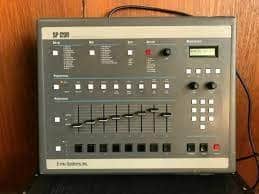
The Akai MPC60, released in 1988, became one of the most popular samplers in hip hop production because it could store 24 samples and its intuitive interface made it stand out among competitors such as E-mu SP-1200.
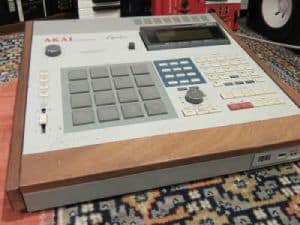
Some say the reason why a lot of this music [Golden Age hip hop] sounds so fresh is that producers are going directly from an SP-1200 or an MPC60 into the mixing console, without any additional samples, and creating these tracks entirely from scratch.
In 2008 Producer J.R. Rotem noted that he used an SP-1200 for its “real gritty sound” when producing Lil Wayne’s song “Go D.J.”
In 2012, LA Weekly named the SP-1200 one of the 10 most important pieces of musical equipment since 1980.
Influential Groups That Pushed Sampling
One of the most influential groups of the 1980s who helped bring sampling to the forefront in popular music was Soulsonic Force, whose 1983 live performance of “Planet Rock” demonstrated that hip hop music could be made using only samples, without any live instrumentation.
The widespread appeal and success of house music helped spread awareness (and popularity) of sampled production techniques in nightclubs and on dance floors.
The first commercially released hip-hop record was “Rapper’s Delight” by The Sugarhill Gang in 1979.
However, much early sampling for this and other early hip hop records took place on open reel tape cassettes rather than vinyl; the first such sample to receive significant radio airplay appears to have been the Beastie Boys’ 1984 track “Paul Revere”, which sampled Edwin Starr’s “War”.
In 1981, Afrika Bambaataa recorded a song called ” Jazzy Sensation (Bronx Version),” using seven samples from James Brown, including a few verbatims from James Brown’s earlier recordings.
Later that year, Grandmaster Flash released the song, “The Adventures of Grandmaster Flash on the Wheels of Steel“, which took advantage of several samples, including parts of Queen’s “Another One Bites the Dust”, Kool & the Gang’s “N.T.”, and The Jackson 5 ‘s hit single, “I’ll Be There”.
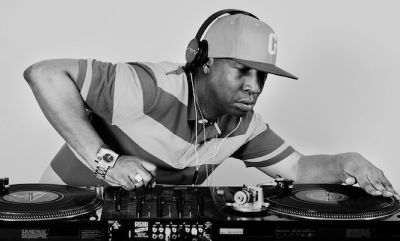
Legal Issues That Came With Sampling
The issue of legal sample use was raised by the American music industry in the early 1990s as part of its response to hip-hop music’s increasing commercial success; at that time, sampling without permission became standard practice for producers who lacked access to expensive recording studios.
This legal dispute does not concern replayed samples used as unintentional musical overlays (similar to the role of sampled dialogue in hip-hop, reggae, and dancehall), but rather unauthorized samples used as the basis of whole compositions (a common practice in rap, R&B, funk, and other genres).
The legal issues surrounding sampling first became prominent with Tom Silverman’s release of 2 Live Crew’s album As Clean as They Wanna Be. “As Clean as They, Wanna Be” saw several songs sampled without the original artist’s consent.
In fact, at one point it was alleged that no original master recordings were used on this record.
Legal Cases That Have Occured From Sampling
In 1989, WB Music Corp./Eastwest Records vs. Atlantic Recording Corp., a federal judge ruled that, “Tha Dogg Pound’s”, use of an uncleared sample (for which the band was not allowed to remix or re-record) constituted copyright infringement.
The lawsuit, which included other prominent samples such as, “The 900 Number”, ended with a monetary settlement instead of a temporary injunction.
This landmark case established that all sampling must be cleared with the original publisher and owner of the song, even if previously recorded by another artist.

It also allowed sampled artists to negotiate contracts within the boundaries outlined in court cases rather than according to unauthorized practice – this determination is often made by sampling lawyers and both sides will retain separate counsel.
A similar legal dispute surrounded Vanilla Ice’s single “Ice Ice Baby,” where bass player Michael Penn claimed that he had performed on the original 1979 composition and that he was not properly compensated.
Although the case lay mostly dormant for a few years, it resurfaced when Penn filed an $8 million lawsuit against Vanilla Ice in October 2002.
Final Thoughts
Sampling continues to be a controversial issue within the music industry today; however, sampling has been instrumental in hip-hop’s diversification as an art form.
Creative minds; however, have used sampling to further their own ideas instead of copying someone else’s work directly. Sampling has become a tool to use as its own instrument, much like a guitar.
One thing remains clear: sampling has transformed music by expanding the creative possibilities for both artist and producer.
